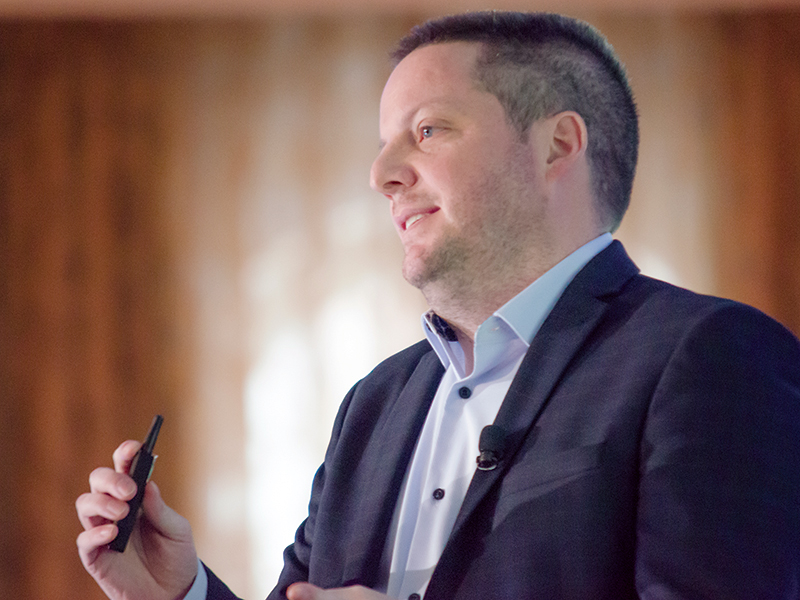

When is the best time to tell your employees about how good your pension plan is?
“Before someone else tells them about theirs,” said Keith Baker, payroll and benefits manager at the U.K. arm of Starr Companies, during a session at Benefits Canada‘s 2020 DC Plan Summit in Montreal in February.
Sharing his organization’s overhaul of its pension offering, Baker noted the firm identified three main challenges: first, the modern workforce contains five, if not six, generations; second, the element of trust between employee and employer; and finally, how to improve engagement with pensions and retirement.
Read: 3 ways to engage younger employees in group retirement
“Everyone has their own reason for engaging in the pension plan,” he said. “One investment option can’t suit everyone’s needs and risk profile, but an employee trusts the company’s choice of default fund and plan provider.”
As a starting point, Starr determined where to draw the line in its offering. In simple terms, this meant accepting its duty of care to plan members. It changed its record keeper to offer greater flexibility and introduced non-pension savings vehicles. It also introduced a double match, so for a five per cent employee contribution, the firm puts in 10 per cent.
Next up, Starr adopted a communications plan to make sure employees were taking advantage of the program. “Keep messages simple and clear. Be transparent, be honest,” said Baker. “Pensions can be a great retention and attraction tool, but only if you tell people about it. Pension is boring, but it’s still important, so tell people that. You know you’ve been successful when someone takes action.”
It’s important to talk about pensions often and by using a range of strategies, he added. “We have pizza and pensions meetings. I quite like pensions, but I prefer pizza. Be creative, but deliver the message frequently.”
Read: Using automatic tools to engage employees in retirement saving
Starr also introduced an approach to simplify the way in which employees could connect with the plan. “If an employee has to fill in a form, put in all the information you already know, such as name and address. By making it simple, you increase the chance of success.”
Baker also called on Canadian defined contribution plans to adopt auto-enrolment, which is now mandatory in the U.K. At Starr, employees who choose to opt out are re-enrolled every three years. “Just because you’ve not been told to do it, doesn’t mean you should be afraid of it,” he said. “If you default people into a fund, you have to realize that there will be some people who don’t actually want to be there [at that point in time] and so you have to govern the plan well.”
Governance is also important when it comes to investment selection, he noted. “When you’re looking for a provider, do you need one that offers 10,000 funds? You have to be careful that the number of funds isn’t the only thing on offer. The simple fact is people tend to go with what is safe and comfortable.”
Read more stories from the 2020 DC Plan Summit.
